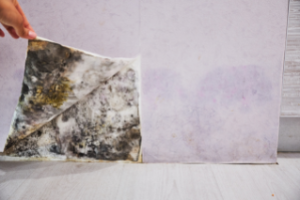Health Hub: Indoor Environmental Quality and Mold
IAQ has been identified by the EPA as one of the top five most urgent environmental risks to public health. Most Americans spend up to 90% of their time indoors and many spend most of their working hours in an office environment. Studies conducted by the U.S. Environmental Protection Agency (EPA) and others show that indoor environments sometimes can have levels of pollutants that are actually higher than levels found outside. Therefore, the quality of indoor air inside offices, schools, and other workplaces is important not only for workers' comfort but also for their health. While there is no OSHA standard on indoor environmental quality, including mold, there are steps union activists can take to take on poor IEQ in their workplaces.
IEQ Basics
- Indoor Air Quality – Becoming a Building Detective
- Indoor Air Quality Testing Should Not Be the First Move
- IEQ Action Plan
- IEQ Discovery
- Draft IAQ Survey
- Lungs at Work: A Toolkit for Improving Indoor Air Quality In Office Workplaces
- EPA: IAQ and Student Performance
- Link to EPA – Tools for Schools Action Kit
- IEQ: Public Buildings
- Washington State Factsheet: Healthy Air Quality in Schools
Mold
Construction and Renovations
- School Renovation: Protecting Staff and Students
- Building Commissioning
- Polychlorinated Biphenyls (PCBs) in Caulk (Sealants)
- Link to the EPA - Polychlorinated Biphenyls (PCBs) in Building Materials
Bugs and Pests
- Guidelines for dealing with Bed Bugs in a School Setting
- Safer and Effective Cockroach Control for Buses and Trains
- What NOT to Do When You Have Bed Bugs
- Preventing Mice and Rats from Invading Your School
- Control of Hazards Associated with Bird and Bat Droppings
- Prevention Protocol for Integrated Pest Management
- Integrated Pest Management Action Plan for Rodents
- Sample Pest Survey (word document)
Fragrances

